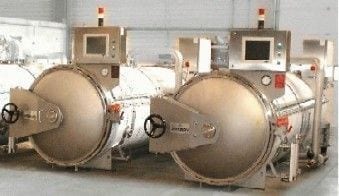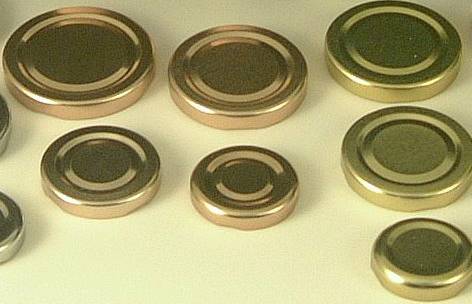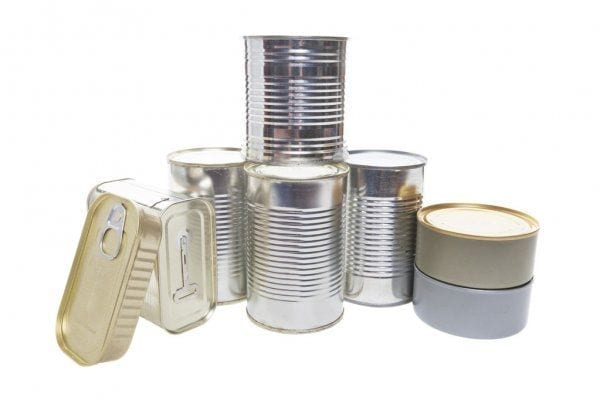Introduction
Twist-off closures are a popular type of closure used in the packaging industry, especially for food and beverage products. Despite their convenience and ease of use, twist-off caps can have defects that affect their functionality and aesthetics. This white paper will detail the most common defects in twist-off caps and provide solutions to prevent and correct these problems.
- Defects in twist-off caps
1.1. Bent wing
A common defect in twist-off caps is the bent flange, which prevents the cap from closing properly. This may be caused by improper handling during production, transportation or storage.
Solution: Implement proper handling practices and ensure that production equipment is properly adjusted and calibrated. Inspect caps prior to use to identify and discard caps with bent wings.
1.2. Tin sulfiding
Tin sulfiding is an aesthetic defect that appears as dark spots on the surface of the cap. This problem is caused by the reaction of tin with the sulfur present in the environment.
Solution: Use suitable coating materials and store the caps in a controlled environment with low humidity and temperature to minimize sulfur exposure.
1.3. Marks and abrasions
Marks and abrasions can leave metal exposed, which can lead to corrosion and affect the integrity of the seal. These defects can be caused by improper handling or excessive contact between the caps during production and transport.
Solution: Implement proper handling practices and use separators or protective liners to prevent direct contact between lids during transport and storage.
1.4. Feathering or fringing
Feathering is the detachment of the varnish on the edges of the lid when the container is opened. This defect may be caused by poor adhesion of the varnish or by excessive application of the varnish.
Solution: Ensure that the varnish application process is adequate and control the amount applied. It is also important to use high quality varnishes that are compatible with the cover material.
1.5. Ferrous sulfidation
Ferrous sulfidation is a defect that occurs when the iron present in the cap reacts with sulfur in the environment, causing dark spots and corrosion.
Solution: Use suitable coating materials and store the caps in a controlled environment with low humidity and temperature to minimize sulfur exposure.
- Prevention and quality control
To prevent and detect defects in twist-off caps, it is essential to implement a quality control program that includes visual inspections and functional tests. In addition, it is important to train personnel on proper cap handling and storage practices.
Conclusion
Defects in twist-off caps can affect the functionality and aesthetics of the final product. Identifying and understanding these defects and their causes is essential to implement effective solutions and ensure package quality. A sound quality control program and the adoption of sound management practices are essential to prevent and correct these problems.














